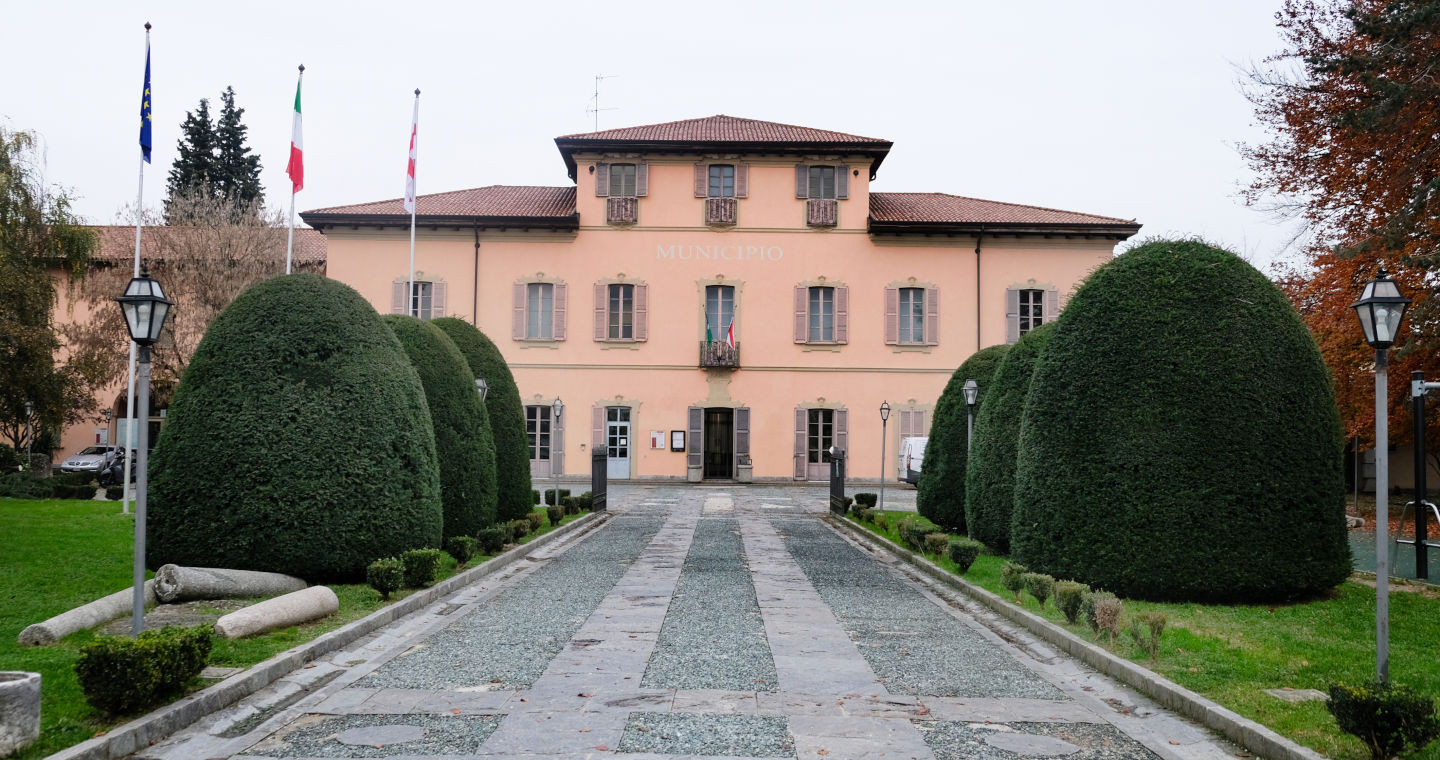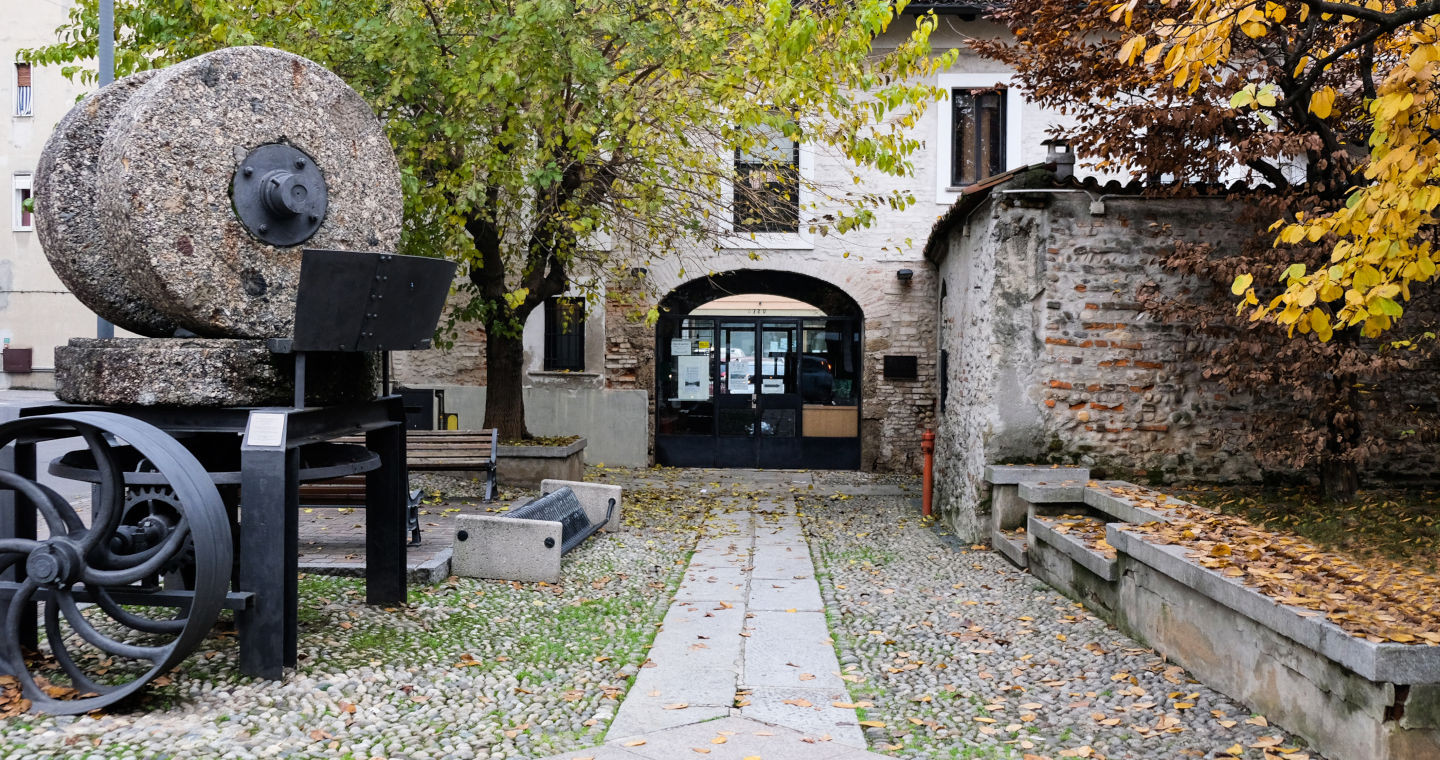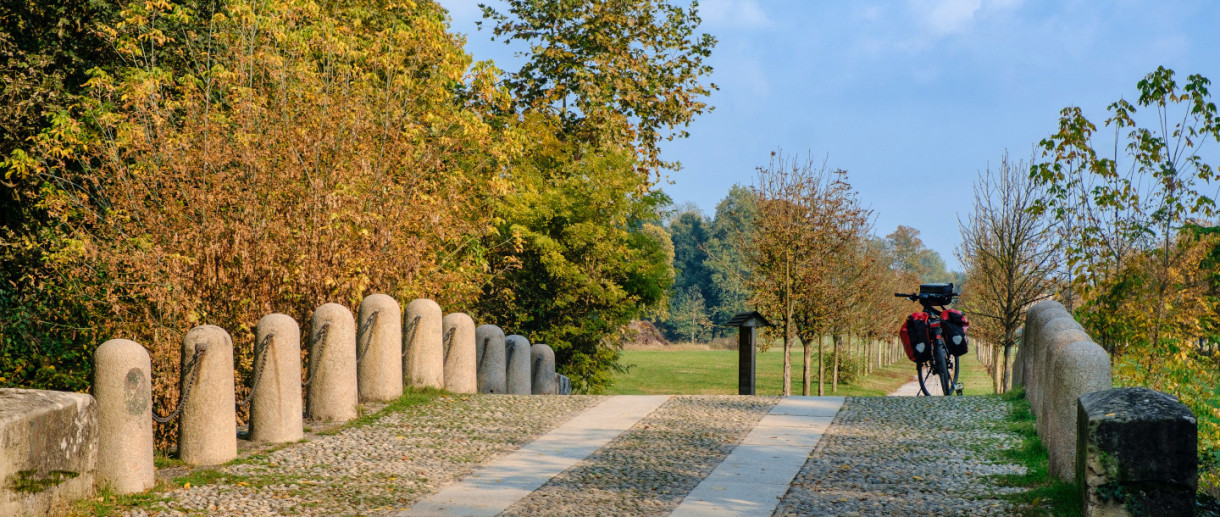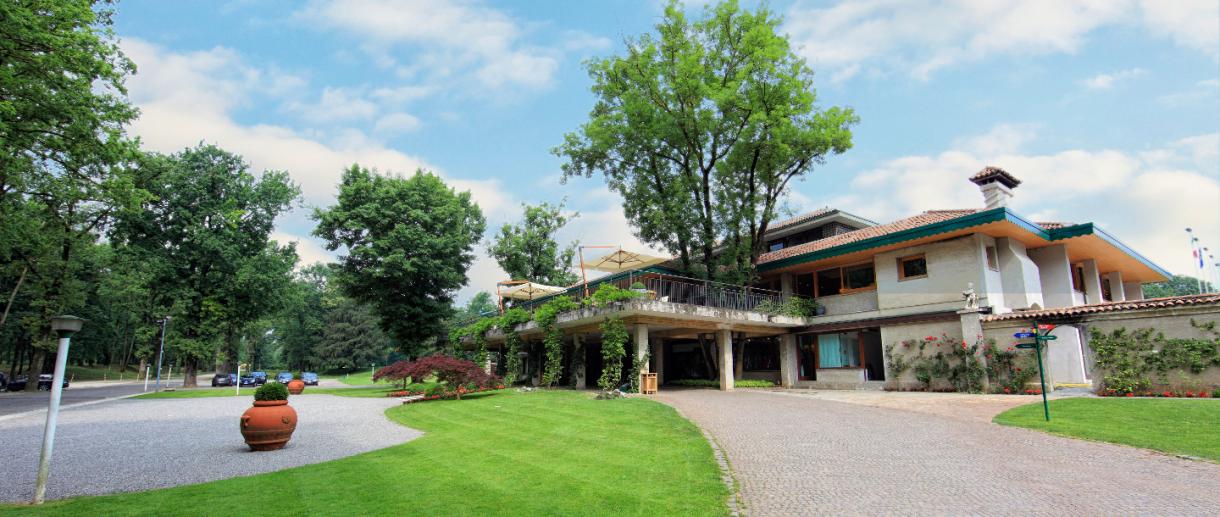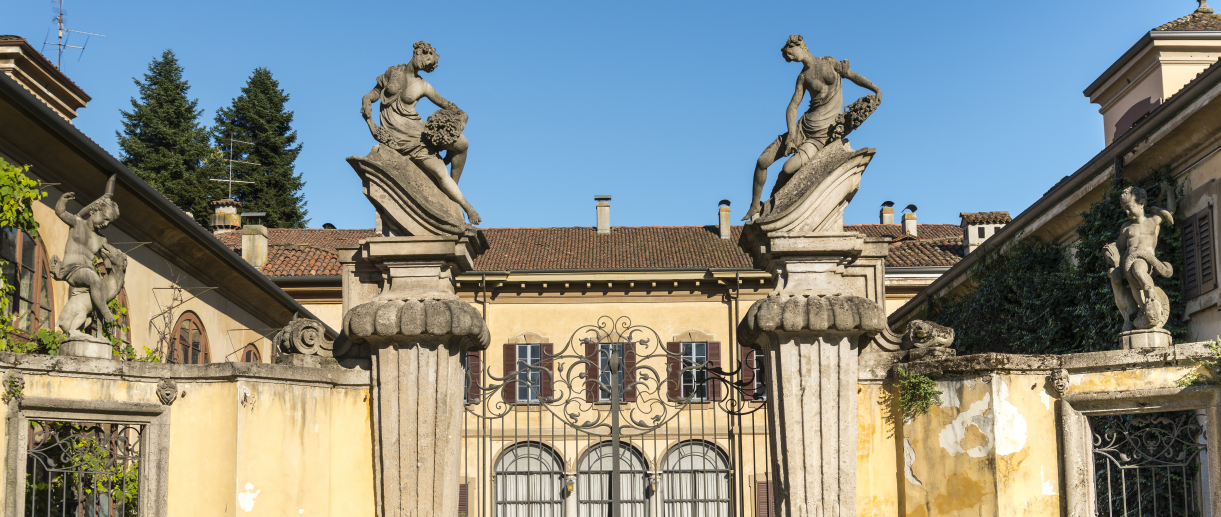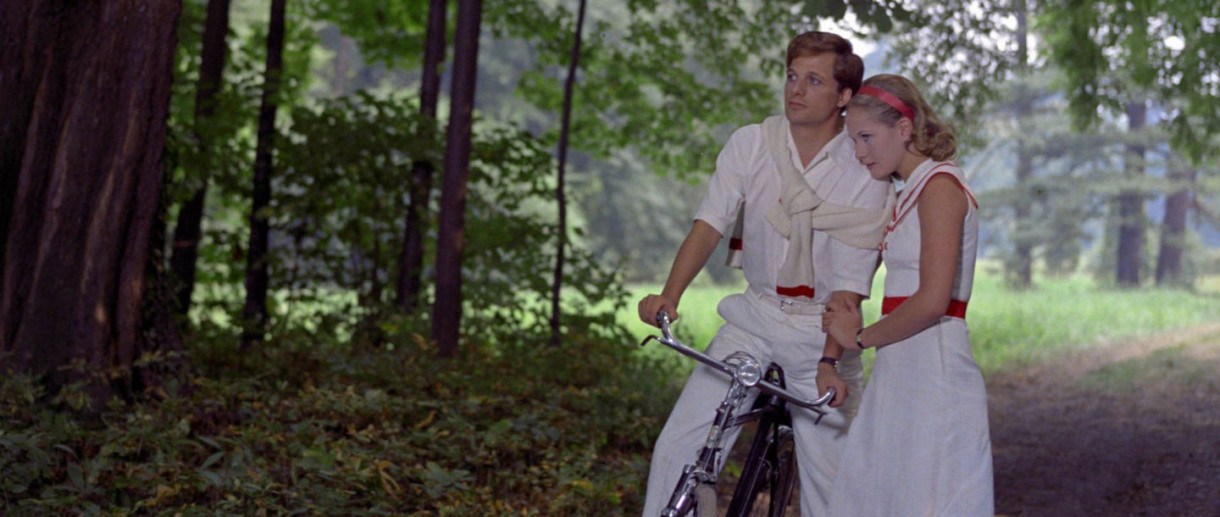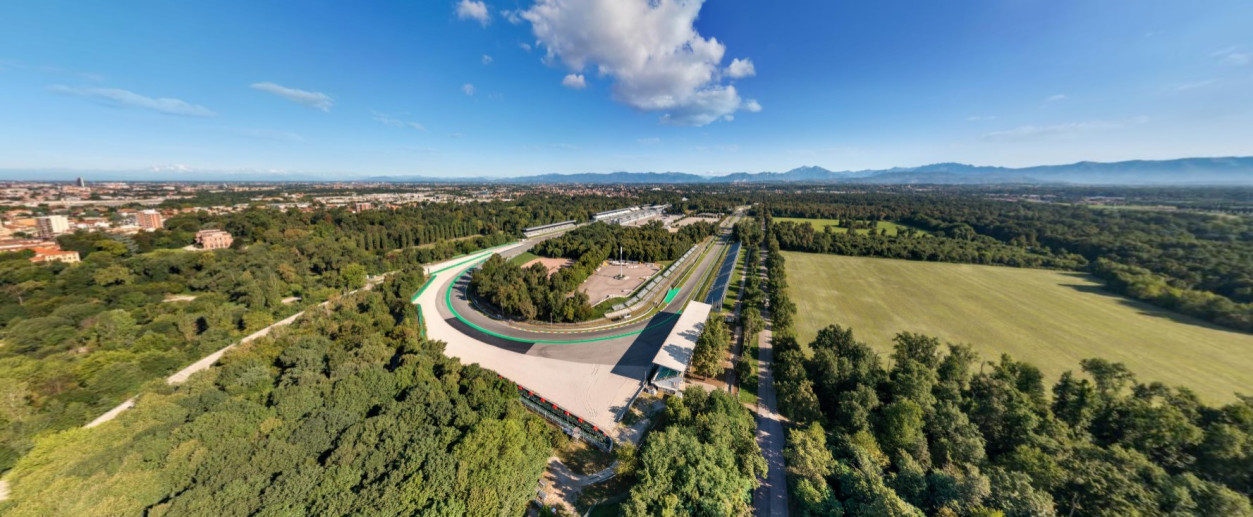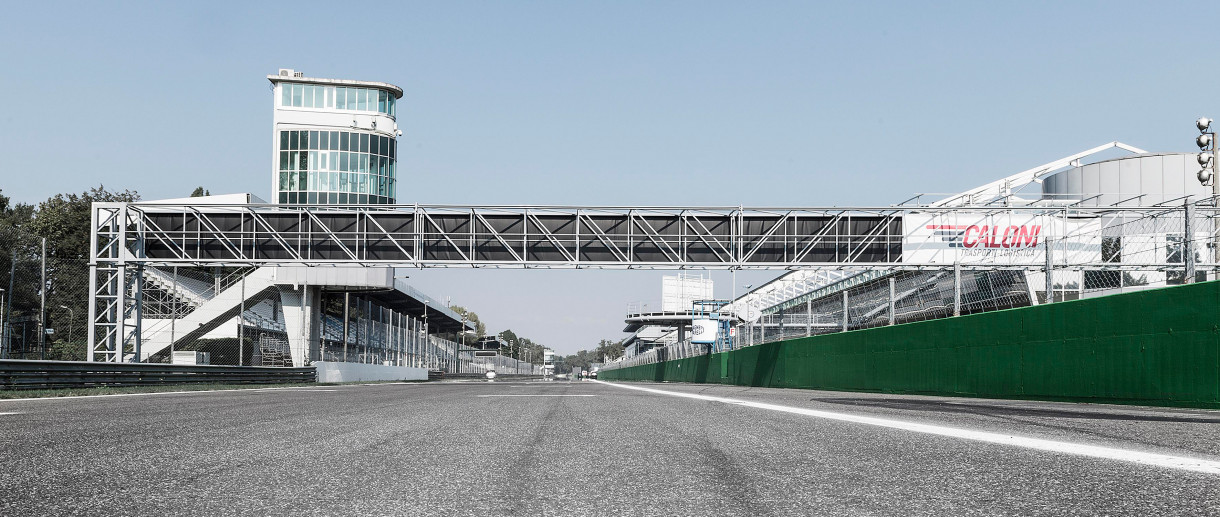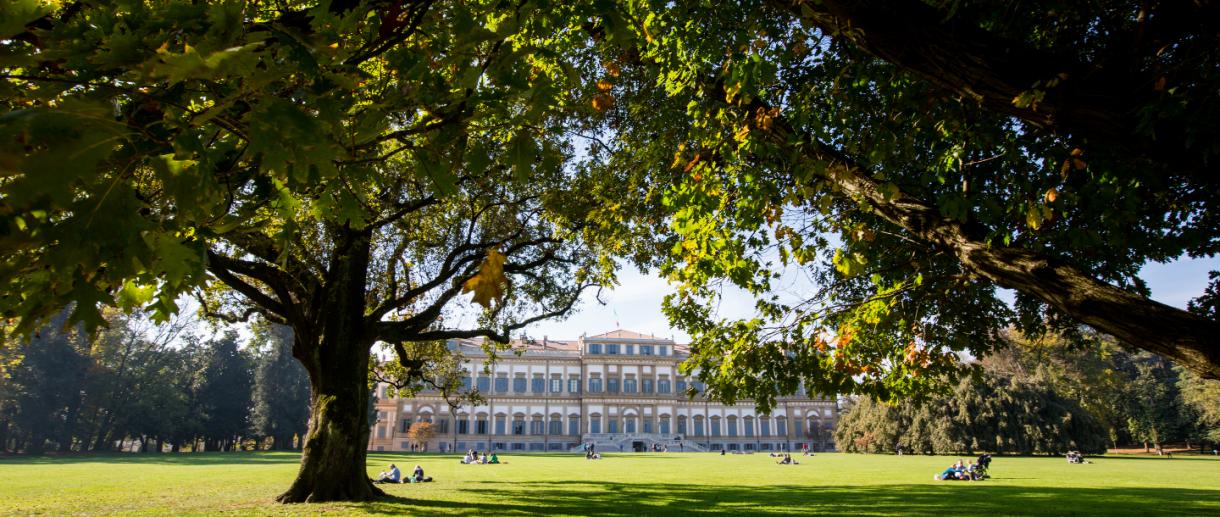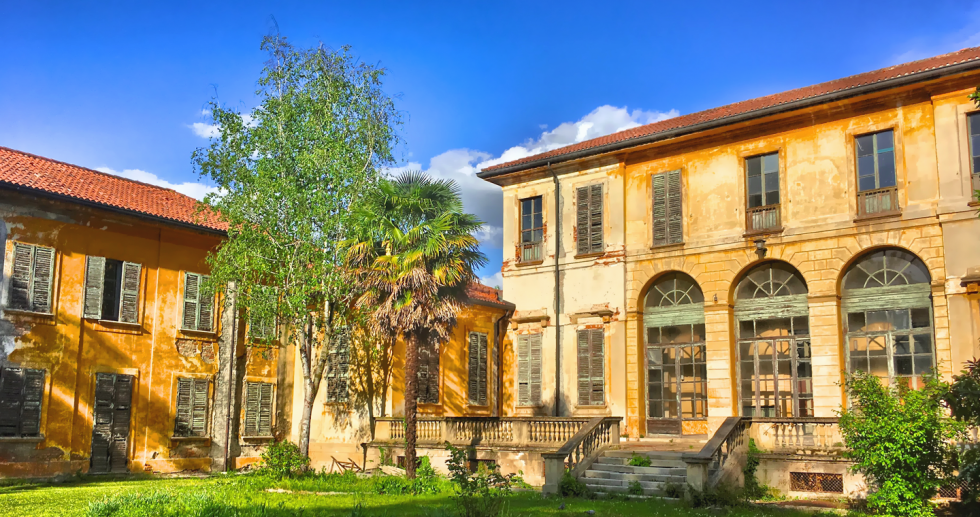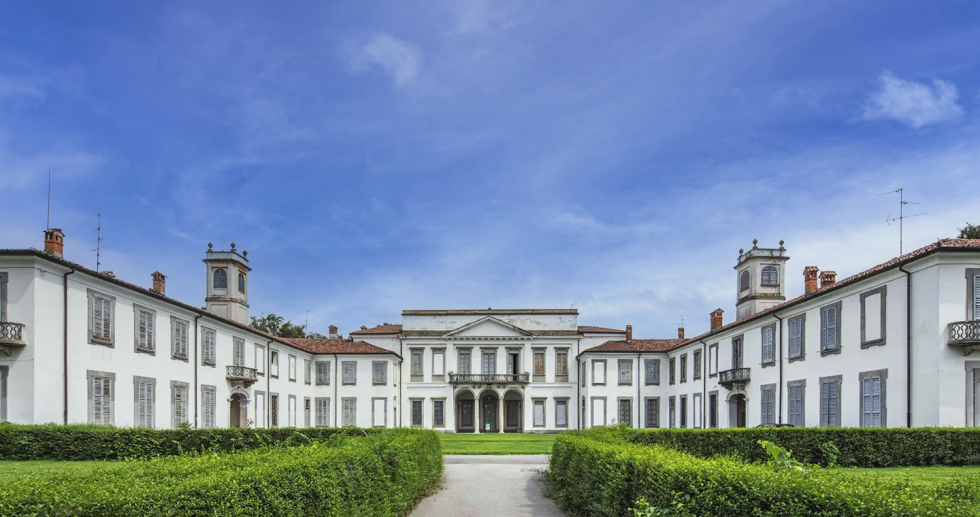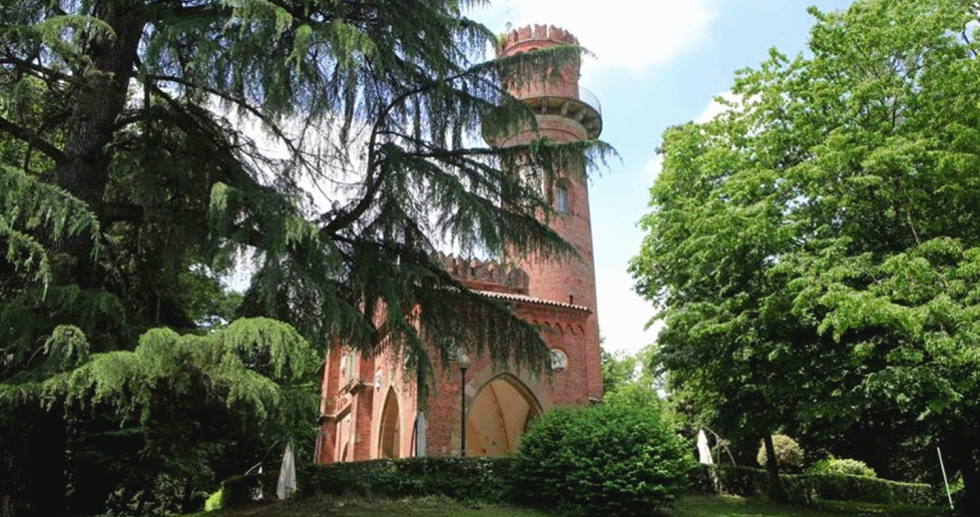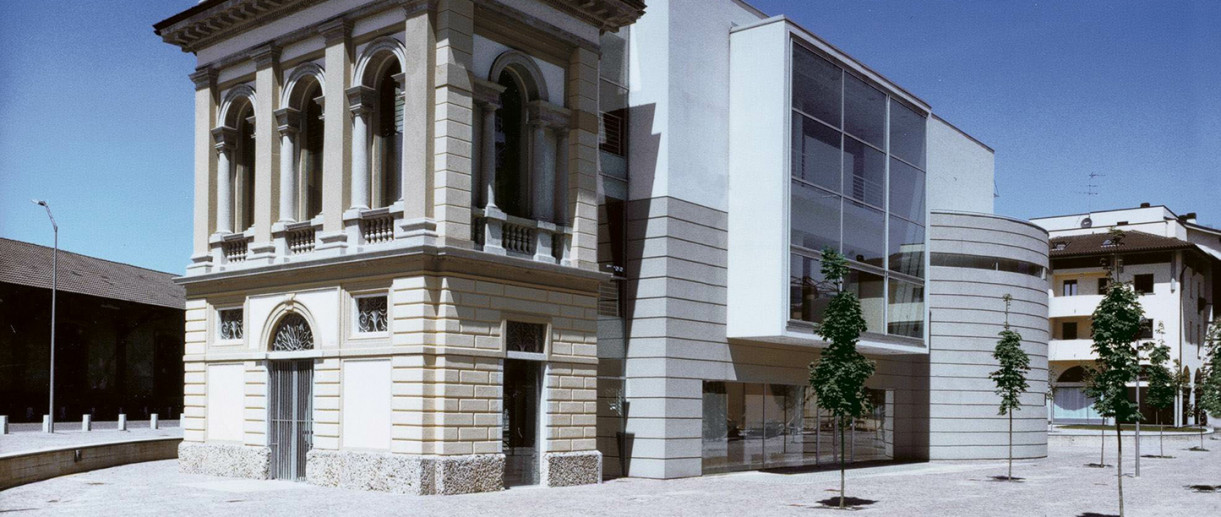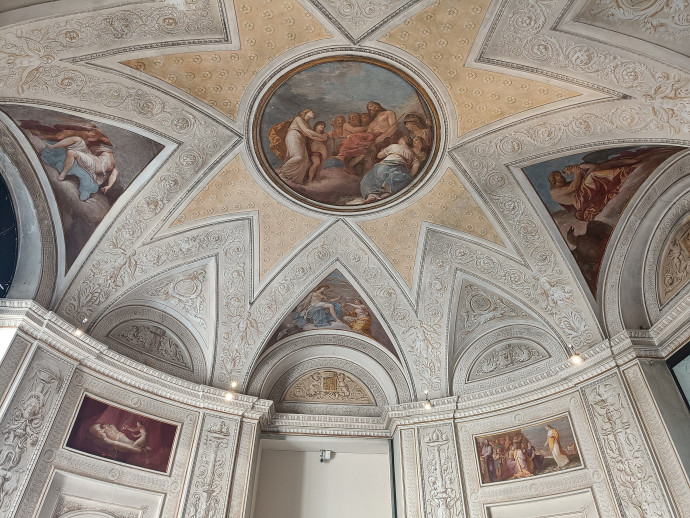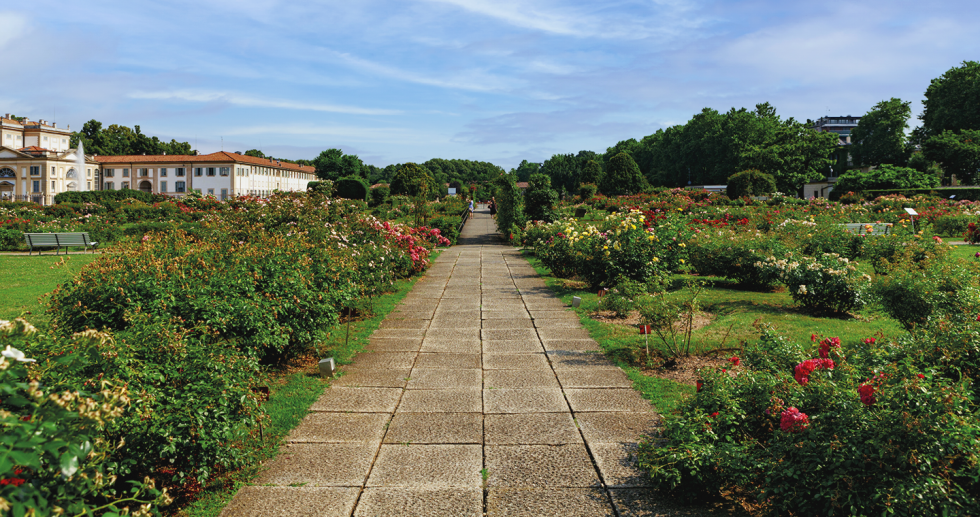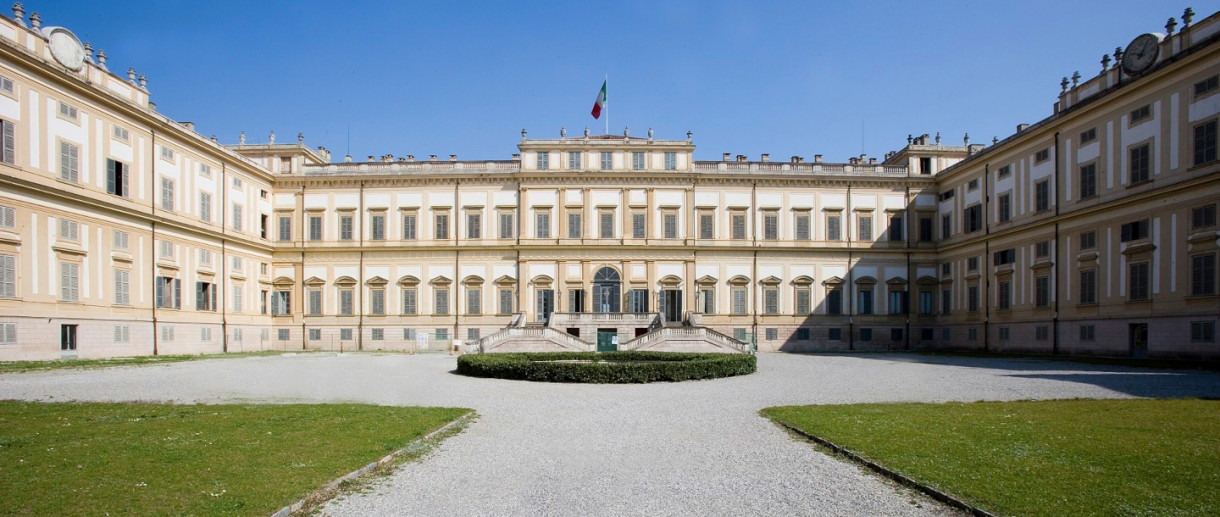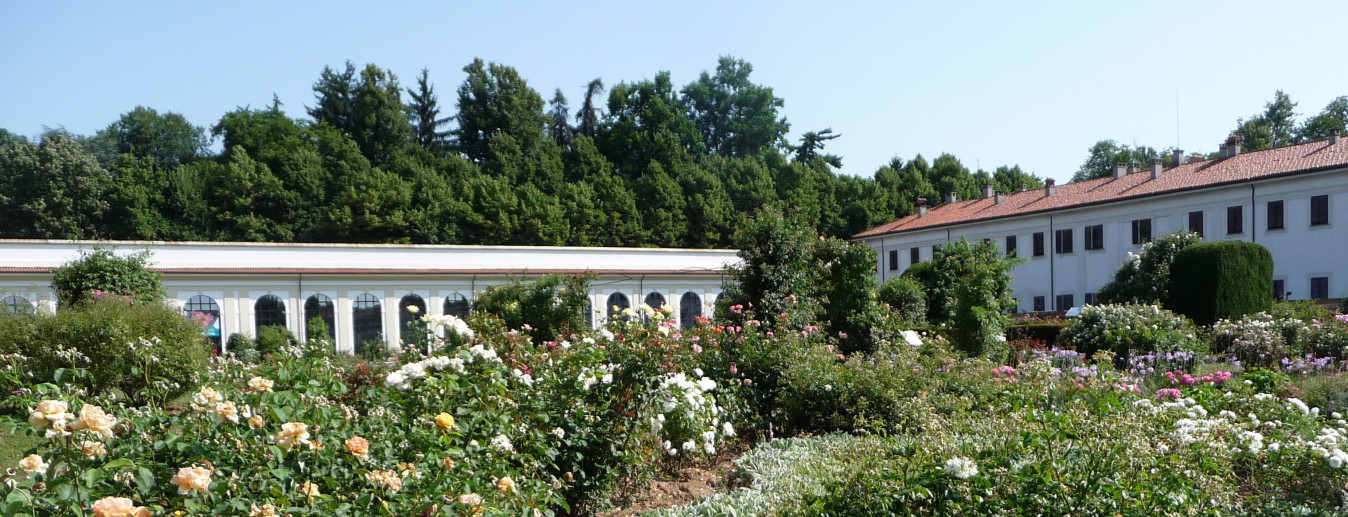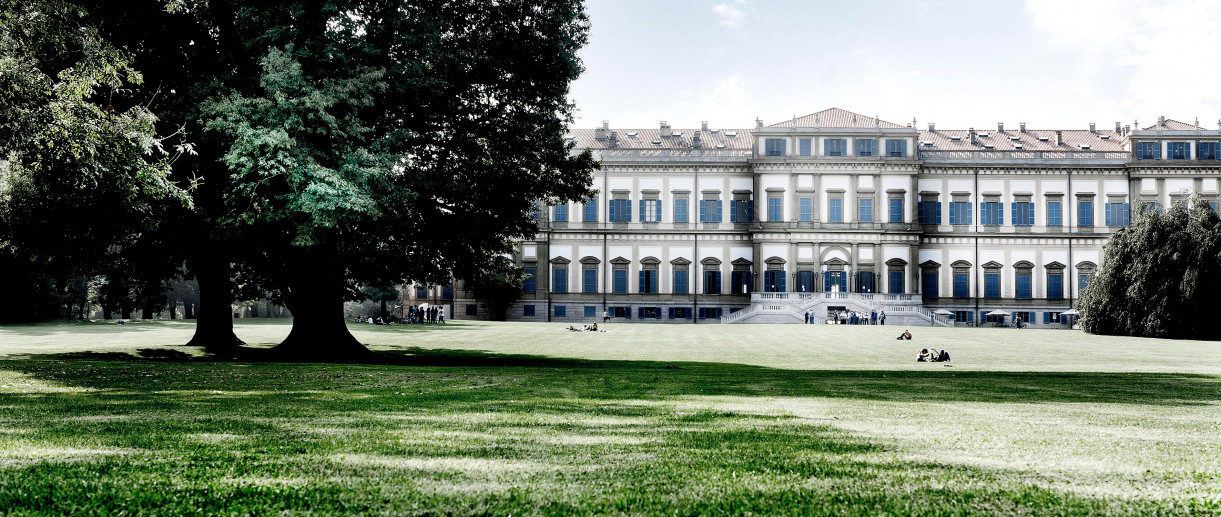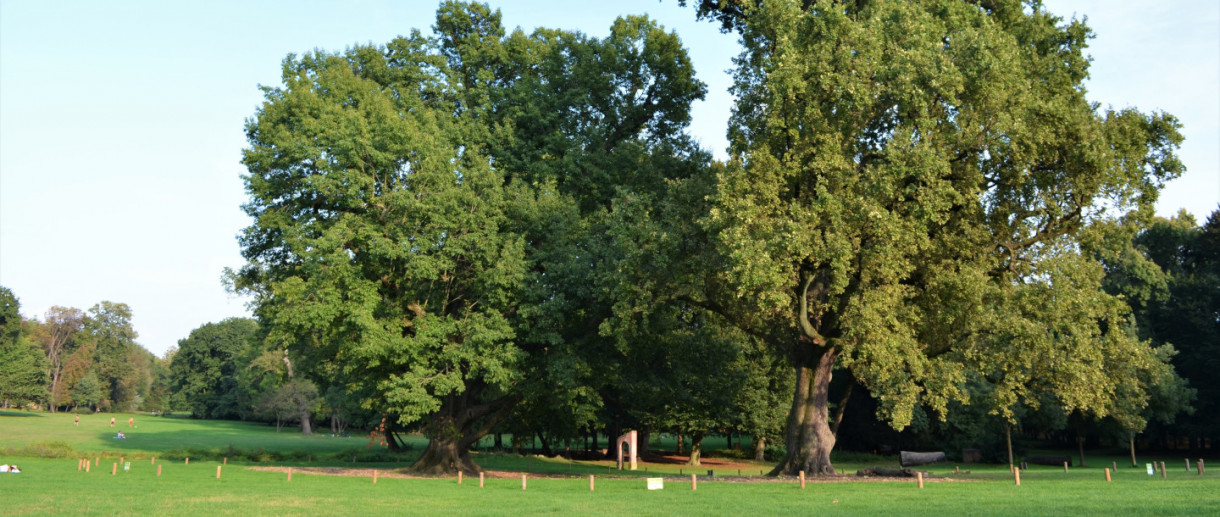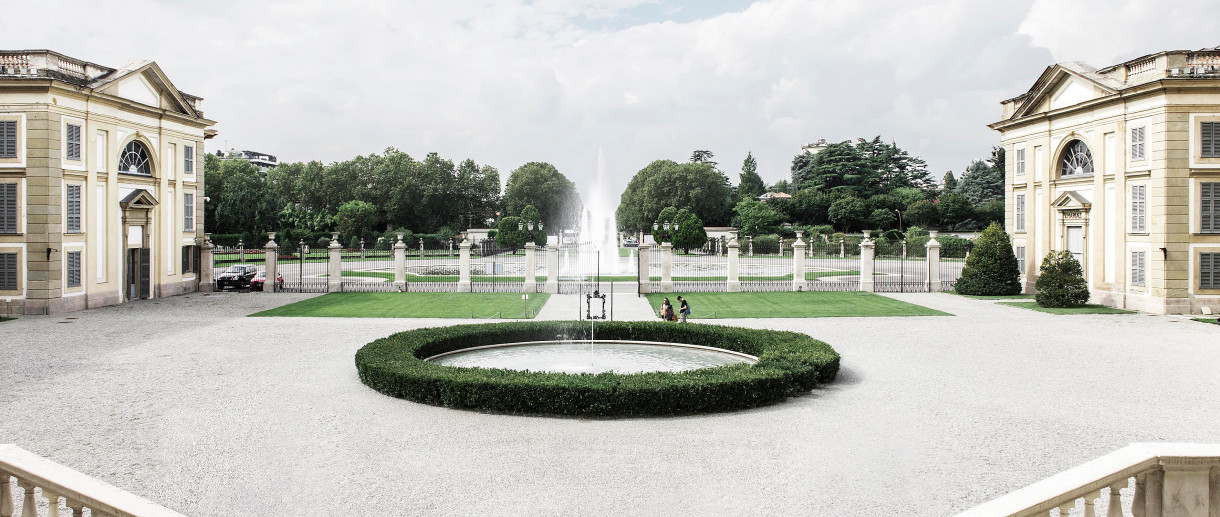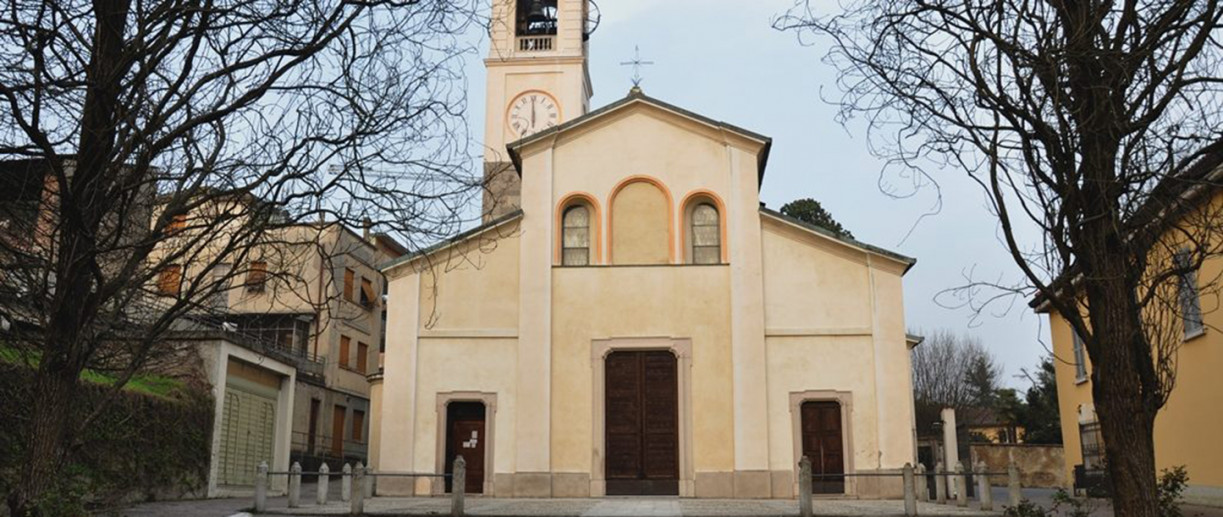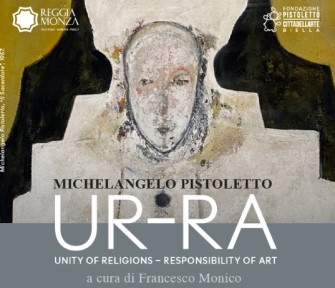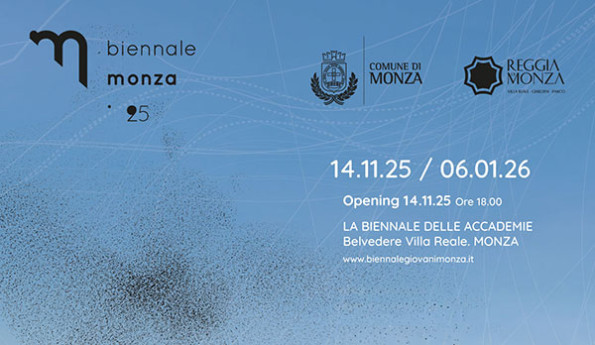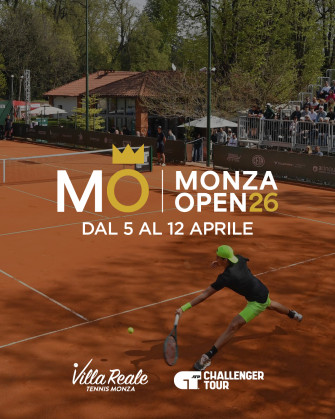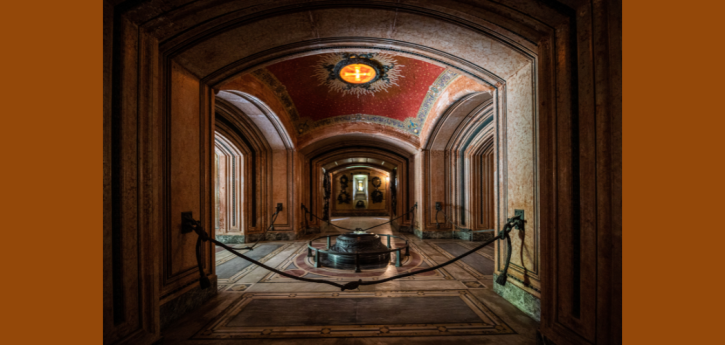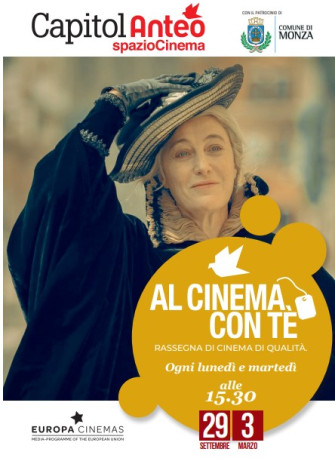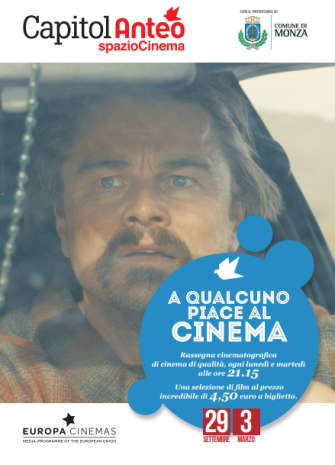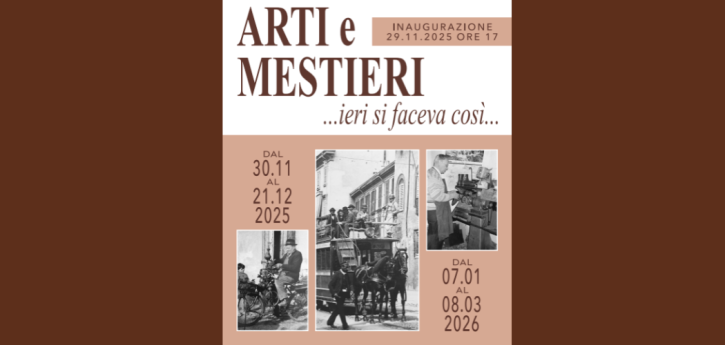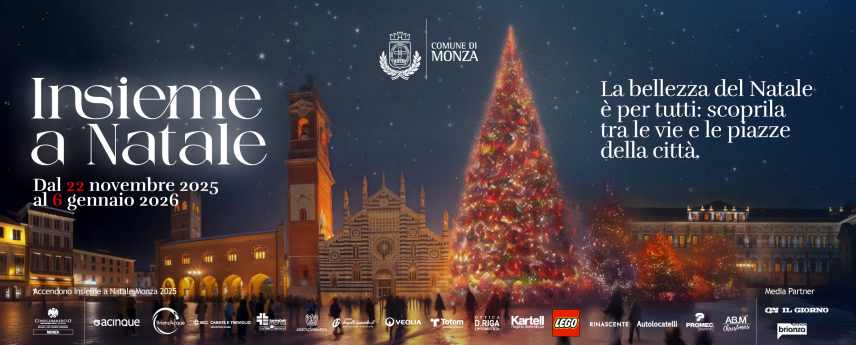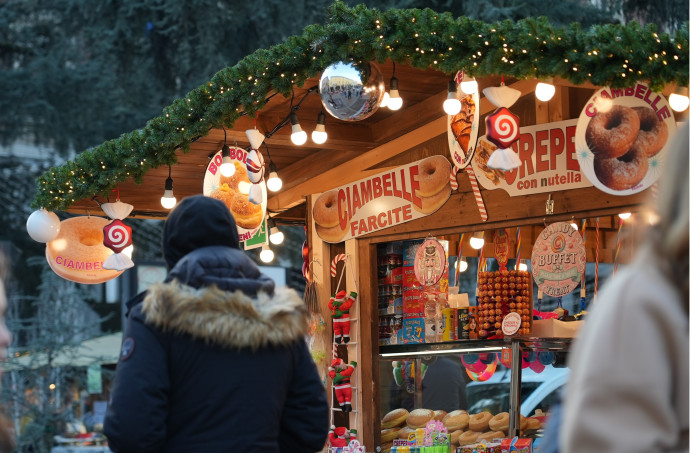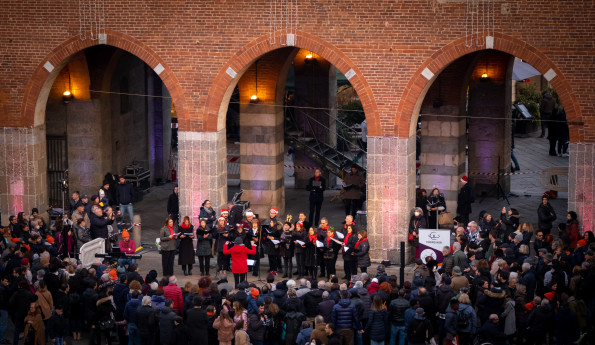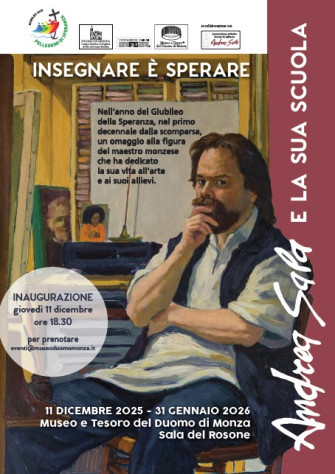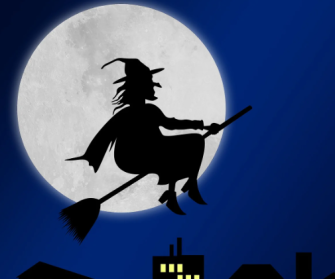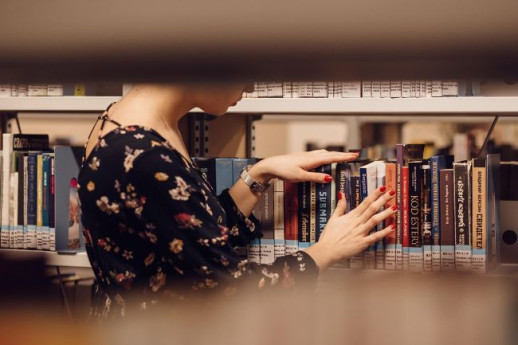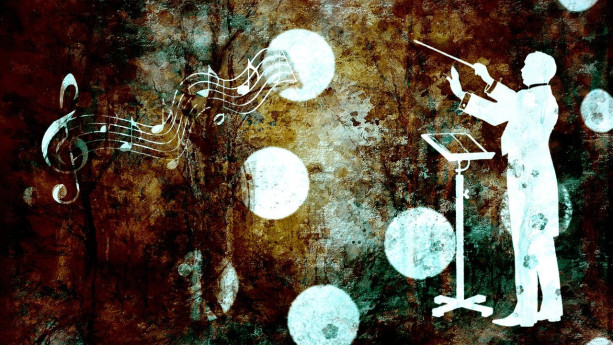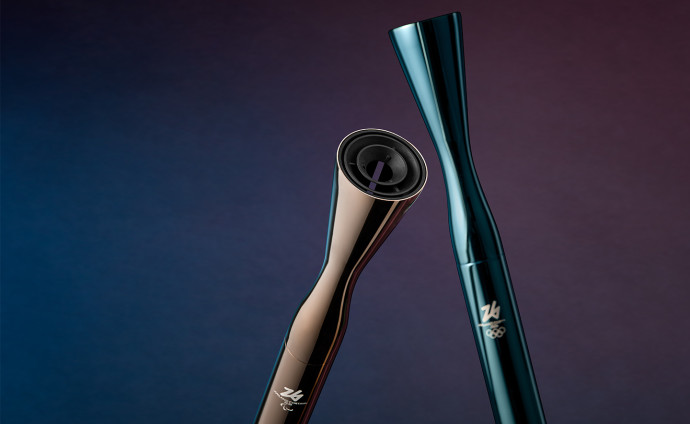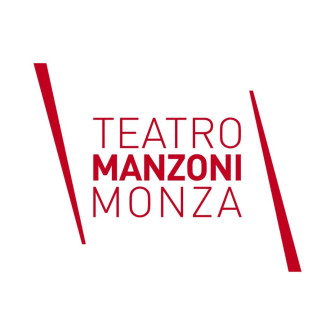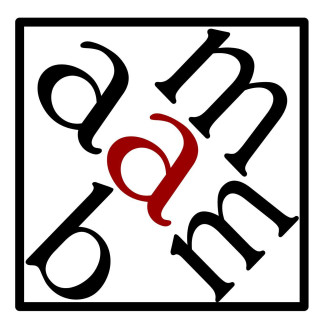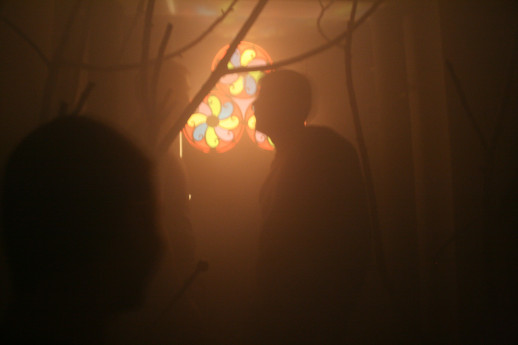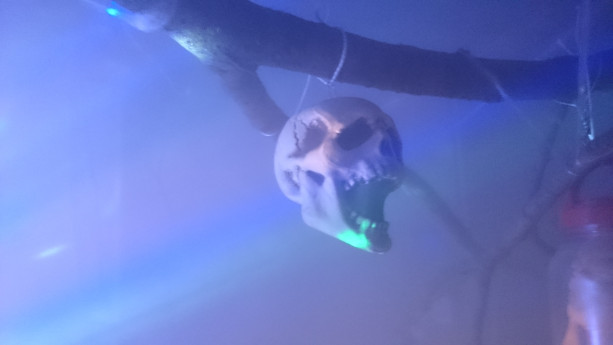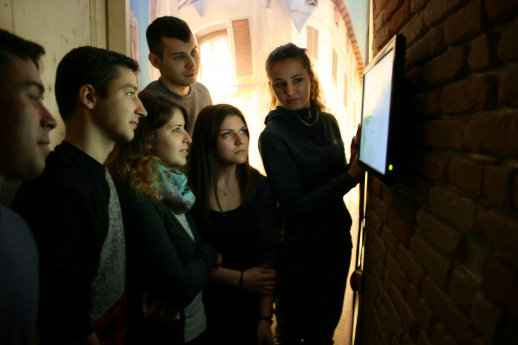- Art & Culture
- Active & Green
Biassono
Crossed by the Lambro River, Biassono is one of the main access points to Monza Park. In particular, on the second Sunday in September, thousands of racing fans pass through here to watch the Italian Formula One Grand Prix.
But the racetrack is certainly not the only attraction. Another place worth a visit when you’re in Biassono is Villa Verri, the beautiful building in Piazza Italia constructed in the early eighteenth century in Lombard Baroque style, which hosted some illustrious representatives of the Enlightenment, from the brothers Pietro and Alessandro Verri through to Cesare Beccaria and Giuseppe Parini.
Next to the villa - now the Town Hall - is the Carlo Verri Civic Museum, founded in 1977. Divided into two sections - ethnography and archaeology - the Museum is home to some important discoveries from the Roman era. Since 2006 it has also hosted the “Segno Scrittura Stampa” (sign, writing, printing), a narrative of how communication has evolved from the birth of writing to today (info). In 2009, a separate section was inaugurated in the Ca' Nova farmhouse, which displays a number of tools used to work the land, from sowing seeds to harvesting and transporting the farm produce.
Not far from the Museum, on the other side of Piazza Italia, the historical Palazzo Croce Bossi is well worth a visit. The building’s present configuration dates back to the 16th century when an earlier complex was renovated with the addition of the sandstone portal, the porticoed entrance (supporting a small loggia) and the pictures painted on the wooden walls and ceilings. The palazzo - now owned by the Town Council - houses the community library and classroom of the Verri Museum.
Moving along, while still remaining in the historical centre of Biassono, you will see the parish Church of San Martino in via Asperto. The first evidence of the church dates back to the 13th century but it is assumed that its foundation is even older. What makes it special? The paintings preserved on the walls of the presbytery. The wooden furnishings in the sacristy date back to the same period.
Lastly, don't miss a visit to the Sanctuary of the Madonna della Brughiera (in via Don Consonni). The small church, built in 1834 after a cholera epidemic, contains a precious altarpiece: an adoring Virgin of the Bolognese school, dating back to the early 16th century. One of the chapels is home to another treasure, an Annunciation of Our Lady by a pupil of the Nuvolone school.
-
